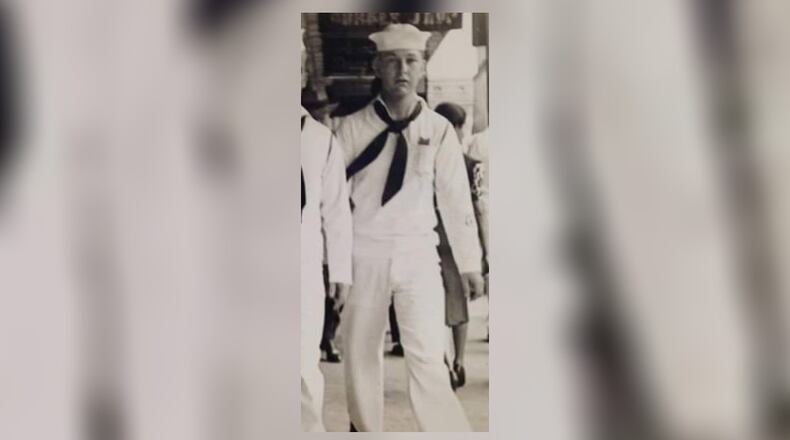For five years in the 1980s I worked at a Public Affairs office at a Naval Air Station on Oahu, which was also attacked that day, Ewa Airfield. Our quarters were near the entrance of Pearl Harbor, where Fort Weaver once stood, and we could hear Taps from the USS Arizona memorial service every December 7. Along the entrance to the harbor on the beach digging down two feet still reveals a layer of blackened oil and debris.
Those have lived on the bases where the attack took place will never forget, the residents of Oahu will never forget either, and neither will the tourists who take that Navy launch out to the USS Arizona Memorial and the USS Missouri. It is a kind of pilgrimage.
But I’m afraid that the rest of the country is gradually forgetting. I wonder how many posts will there be about the Pearl Harbor Attack today on Facebook or Twitter. Will it get more than a 15-second mention on the evening news? Will it be mentioned at all at schools or even in history classes?
When this day is over think about that: did you hear any tributes?
My job has given me the precious opportunity to interview many different people who were actually at Pearl Harbor that day. Most have passed on since then, but I’ve kept their words.
Today, I’ll be repeating some of their memories. They can no longer speak, but we need to remember.
Local folks who lived near the bases will never forget the panic they felt. Some people died during the bombardment. An immediate invasion was expected, and no lights were allowed outside at night for the next four years. Curfews were strictly enforced. Beaches were barricaded against landings. Food was immediately scarce and rationed. And some residents were soon arrested and sent to internment camps because they were Japanese. Their families will never forget.
The Navy base repaired all the damage from the attack. It was important to show resilience and strength. However the Army Base left the bullet holes in buildings to remind everyone of how personal that attack had been. It is still very sobering to see those rows of bullet holes in the concrete walls.
The military is slowly identifying all the unknown bodies from the attack and returning some home.
But it was in Fairborn on the 75th anniversary that I met the late Edward Malan, who still had vivid memories of that day.
Ed’s ship USS Preble was in the dry dock and the men were all sleeping ashore in barracks. They climbed to the roof to see what was causing all the noise in the harbor.
Ed said the bombs glistened in the sunlight as they fell onto the base and ships. He felt the tremendous forceful blow of the Arizona exploding and saw the bright orange burst of fire that turned into black billowing smoke. He saw ships overturn and sink and broken aircraft burning on the tarmac, bodies floated in the water.
The enemy airplanes were so low and close Ed could see the leather helmets and faces of the pilots as they banked to make another run.
Ed was given a rifle and stood guard for many nights after that, expecting enemy troops to invade, but they never came. Soon he was back in the engine room of his ship heading to war.
I knew then that Ed’s memories needed to be recorded and reread to future generations. It was more than a grainy black and white film to him. The fires were orange and yellow, and the blood was red. He’ll never forget the smell of burning oil and the flash of heat on his face after each explosion.
Ed told me that “Tora Tora Tora” was the most accurate of the Pearl Harbor movies, but it really didn’t come close to the horror he saw.
So why must we remember that day? Why bring up the details every year? Because it is a lesson to us all.
We cannot let our military get too small or weak. It is a lesson that even a nation at peace needs to keep an eye out for surprises, never let their guard down and prepare for the worst.
Six years ago on the 75th anniversary of that attack I asked Ed what he would want younger generations to remember from someone who was actually at the attack.
“Freedom isn’t free,” he said. “Someone has to pay for it.”
Remember Pearl Harbor.
About the Author
